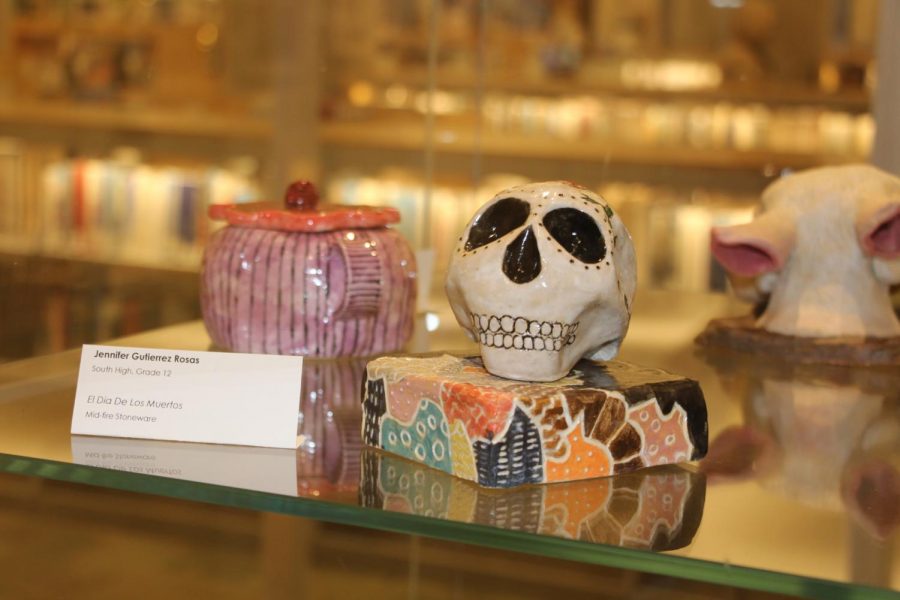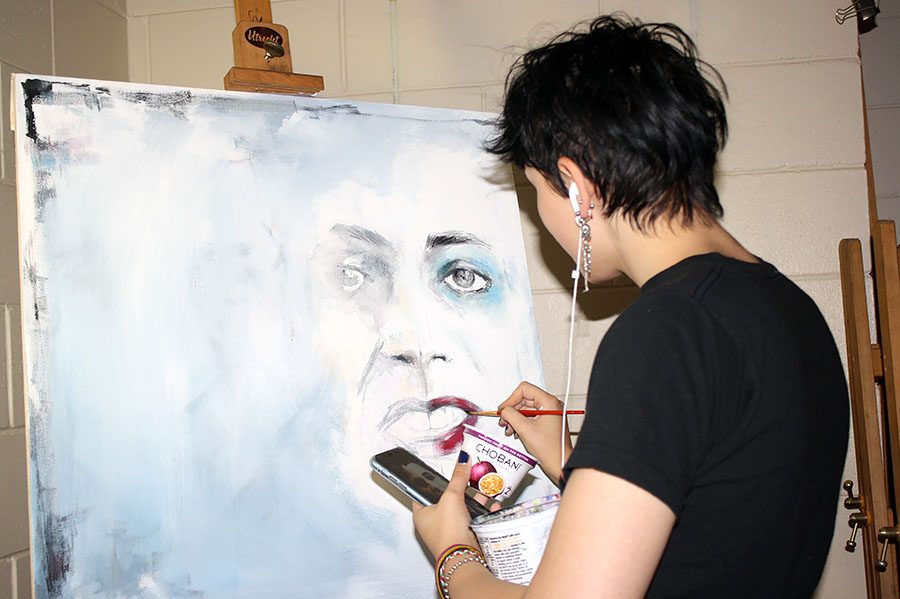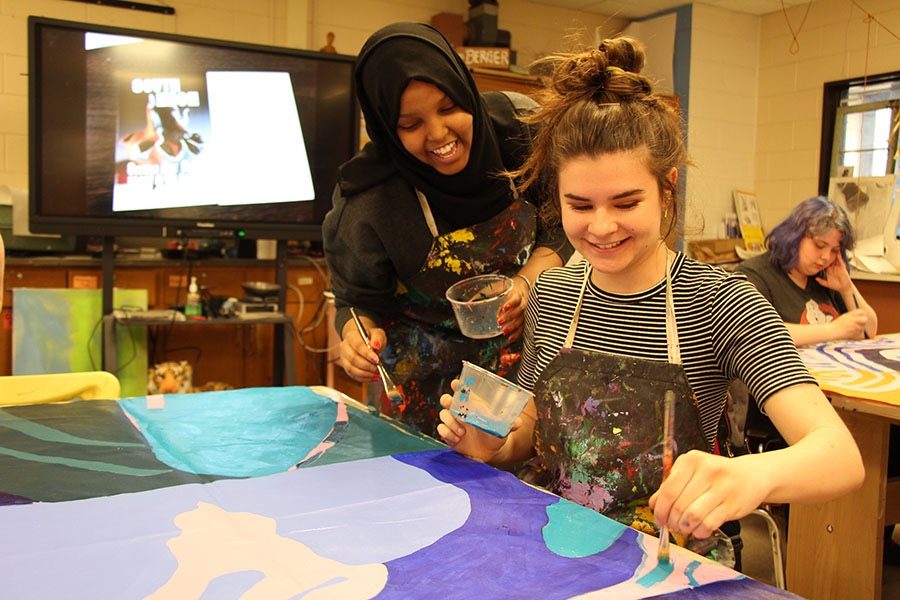Minneapolis is full of art, home to world-class institutions like the Walker Art Center, the Minneapolis Institute of Art, and award-winning orchestras. But beyond the four walls of the buildings that house these arts is another art scene. Weathered, often hidden in alleys, and definitively urban, these local masterpieces are often overlooked.
Graffiti began as a joke, when someone in the U.S. Army drew faces on bombs in World War II. Years later in Philadelphia, a man named Cornbread started tagging across the city, inspiring people like Taki 183 in New York.
The street art movement started in Paris, with notable figures like Gerad Zlotykamien and Blek le Rat. The primary difference between graffiti and street art is the motivation behind the work. As artist King Adz put it in his book “Street Knowledge,” “The fundamental difference between graffiti and street art is that graffiti was/is primarily about getting your name up in as many places as possible, and that street art is about creating art in the streets.”
“Graffiti and street art are similar but have a lot of differences,” wrote a Minneapolis artist and entrepreneur known as Jojo, in an email. Graffiti usually uses letters, as people are writing their names. “It’s just kind of like, ‘we’ve been here’,” said one South student, who preferred to remain anonymous. The student searches for spaces that are virtually free of tags to be the first one there.
Jojo explains the motivation behind it by comparing graffiti to traditional artwork. “What generally gives it value is the individual signature that signifies that it was done by that person. A signed piece of work is generally what is sought after in the art world,” Jojo explained. “What we as graffiti artists or writers did was instead of making the artwork be the focal point of the painting, we took the signature and made it the focal point. By painting our name, there really cannot be a question as to who did it or its value, it is the art.”
Jojo, originally from California, is also a mentor. He help found the GAME Program, or Graffiti Art Mentoring & Education program, at Intermedia Arts (IA). His aim is to help change the public opinion of legal aerosol and graffiti art, and to mentor young street artists.
The program first came up in discussion about what to do with the exterior of the IA building. “They were pretty fed up with the overall look,” recalled Jojo. “The main goal or objective was to bring the good artwork that graffiti art and its practitioners had to offer, back to the forefront for being painted and showcased on their walls.” From there, Jojo and Theresa Sweetland, the executive director at IA from 2007-2008, created the GAME program.
“Since I was respected in the Graffiti artist community as an early pioneer in Minnesota and creator of The GAME, I was to run the program, get youth and other artists involved in not only painting but helping other, younger artists to develop faster and create better works of art,” Jojo said. And he still runs the program today, curating what goes on the walls of IA, and helping young artists in the Twin Cities showcase their work.
However, there are many people in and around Minneapolis that put up their work on walls, billboards and other surfaces illegally. Even in the South community, there are students who go out on risky missions to put up their own personal touches to Minneapolis. “Me and some of my friends go into abandoned mills,” said the anonymous student. “We’ll leave a stencil mark with spray paint. It’s really cool if you find places that don’t have tagging, because then it’s like you’re the first people that have been there.”
The work can be impressive, but the risk of going out to tag is all too real. “We’ve set off an alarm a few times,” said the student about her experiences with close calls. “Also, I’ve been in the Ford plant before they tore it down, and that was an active site, so that meant that there were people actively guarding it when we went in.”
Street art is all around Minneapolis. Even South has art on it, in the form of a full-size mural. A quick trip down Lake Street will reward the average driver with a veritable art gallery, as each block seems to have its own mural or artwork on its buildings.
While murals are often accepted in the Minneapolis community, the public opinion of aerosol art and graffiti is usually fairly low. Jojo and his program focus on the acceptance of the style in legal, public art. Even when legal, many people in the Minneapolis community don’t accept this art form. “The stereotypical barriers that are out there are that the kids are criminals with no appreciation for anyone or anything. That just isn’t true,” explained Jojo. “Another barrier is that this art form is ghetto art and doesn’t really produce or take any skill to do. That type of thinking has created barriers for businesses and corporations to allow them space or opportunities to paint.”
“I hate when the media hypes it up on the negative aspects of it,” he continued. “It truly has a lot of beautiful qualities about it. It’s freedom and creativity of the purest sense.” By helping young adults show their best work on the sides of the IA building, Jojo also helps show Minneapolis a positive, creative image of the art form.
Street art isn’t only murals, however. It can take many forms, from stickers, to stenciled paintings, to even string. Minneapolis-based street artist Eric Rieger, aka HOTTEA, uses yarn to create his pieces, which usually are based on typography. A former graffiti artist, Rieger changed to yarn after too many meetings with the police. A relatively new material in street art, Rieger’s yarn garnered a lot of attention at first, and it’s still exciting to see his bright, slanting letters appear on a local fence.
Other types of street art can be seen in more famous international figures as well. Banksy, a British street artist, specializes in stenciling his art, most of which has a political or social message attached to it. Shepard Fairey was one of the pioneers of using stickers, and making street art into a viral marketing campaign. Fairey is known for his iconic “Andre the Giant Has a Posse” stickers, his OBEY campaign, and the 2008 “HOPE” posters for Obama’s presidential campaign.
The hype around street art has been steadily increasing over the past few years, and more attention is being paid to the art people see every day. In some ways, the attention has been a positive influence. For Jojo, the attention means more understanding, and also making a living. “I enjoy seeing the art forms get hype or recognition in the more recent years. It has helped me be able to earn money and put food on my table to feed my kids and provide a good home for them,” he said.
He hopes that the attention will bring a positive light to the work he and so many others are doing, and help it grow. “[I] eventually hope that everyone gets a place and an opportunity to express themselves. More legal graffiti or street art walls would be a great addition to any city. It’s all about self-expression.”
Books, movies and news coverage all draw attention to urban art, and the scene is experiencing more of an audience than ever before. While Minneapolis has the privilege of being home to some amazing art facilities, sometimes all it takes is a walk down the street to take in a masterpiece.


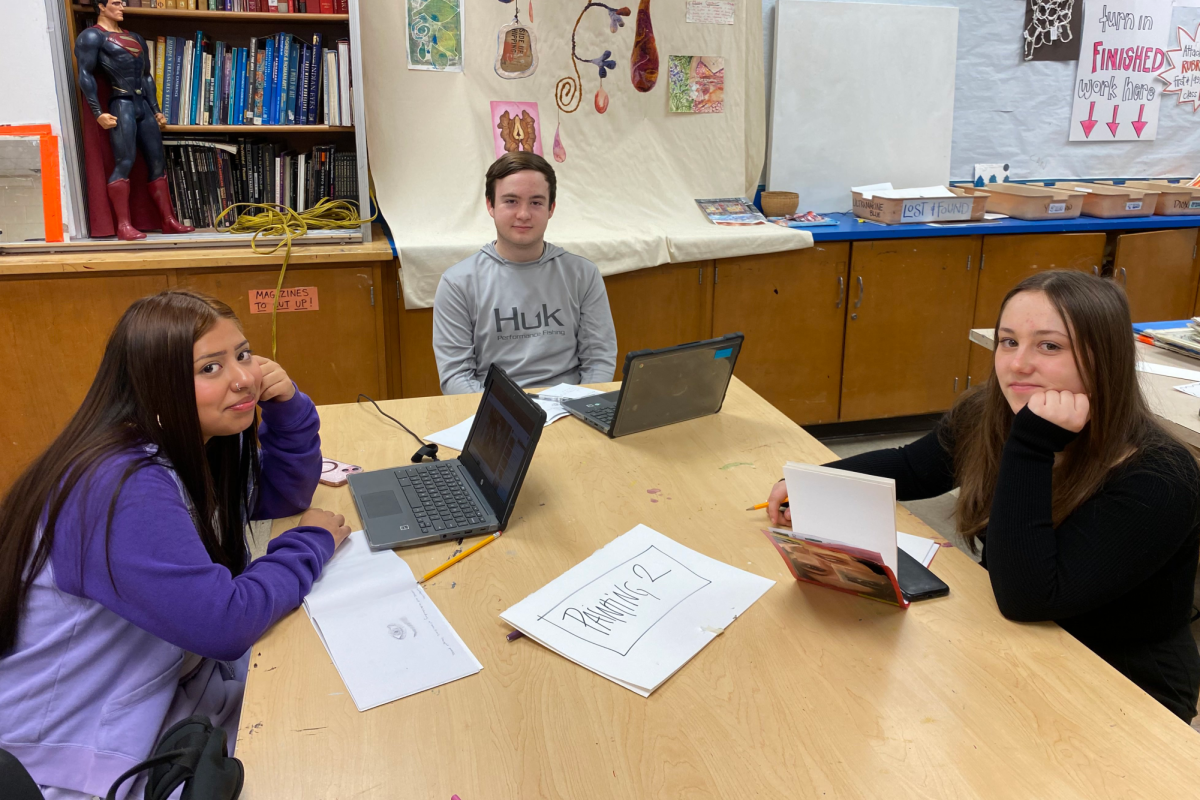

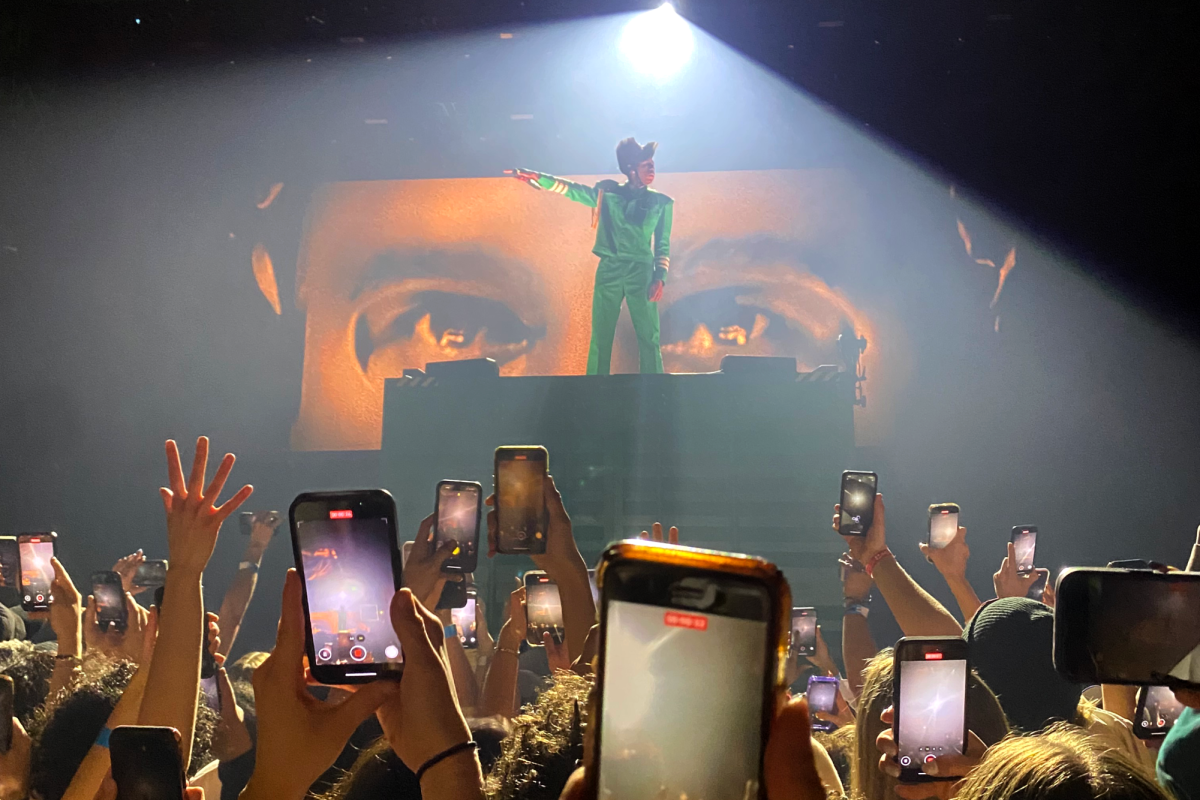
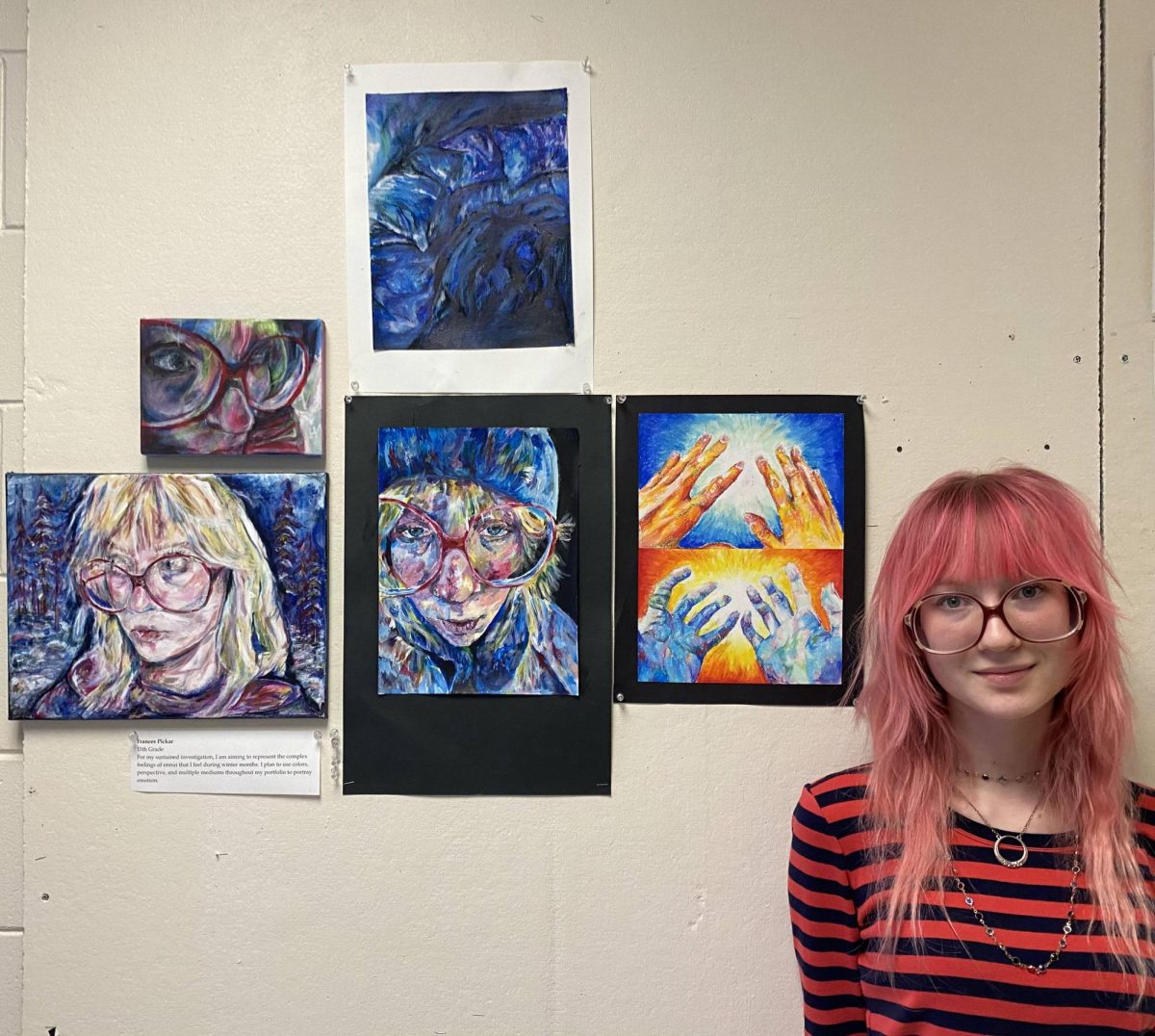
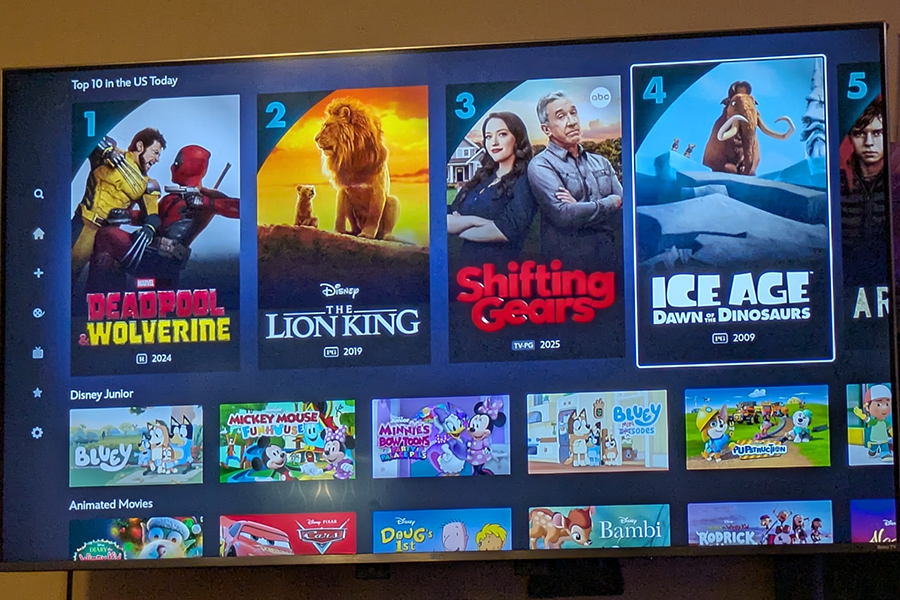
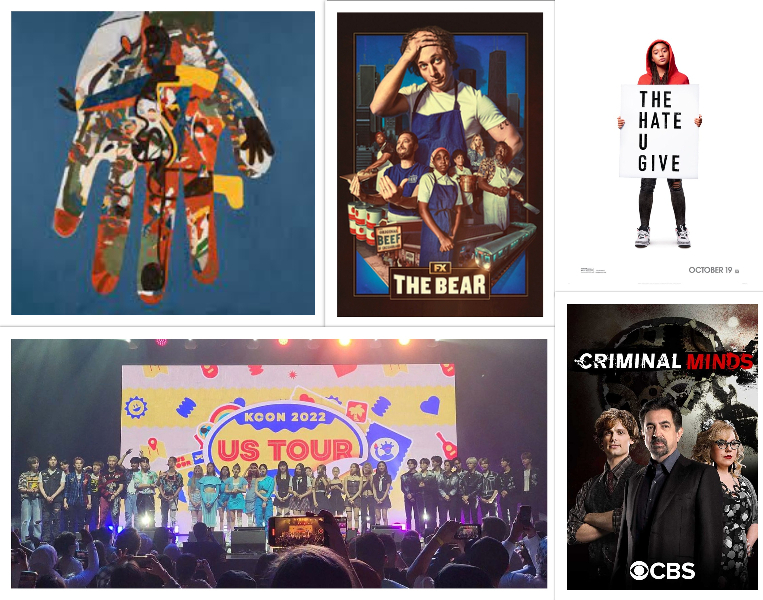
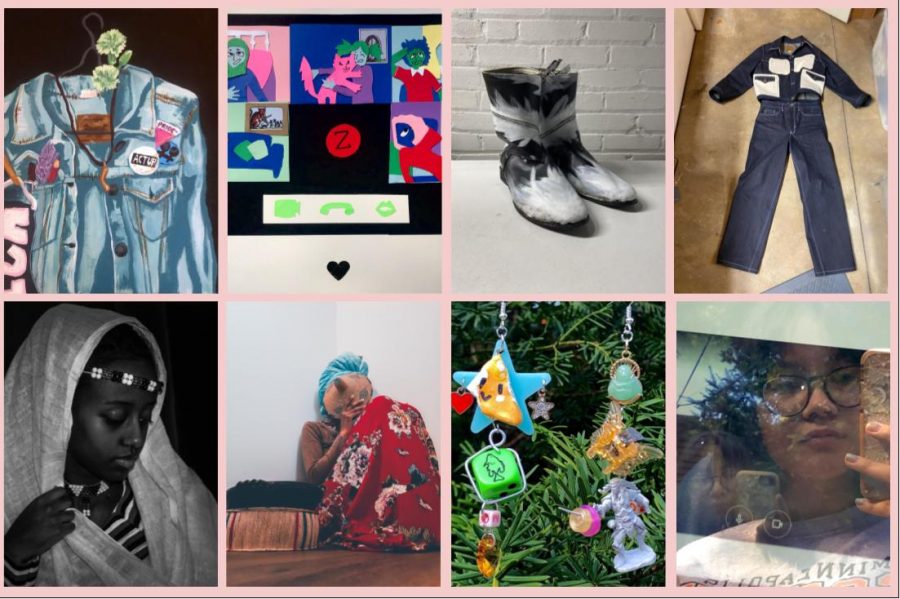
![During these times art is giving people some hope and bonding them. This is just one of many art trends that have sprung up all over the country. People can draw support from the art in their neighborhood. South Minneapolis resident Sara Hardwig participated in it and said, “It may be individually hard, the feeling of doing it [art] together makes it easier for me."](https://www.shsoutherner.net/wp-content/uploads/2021/01/QuarantineArt3-edited-900x600.jpg)
